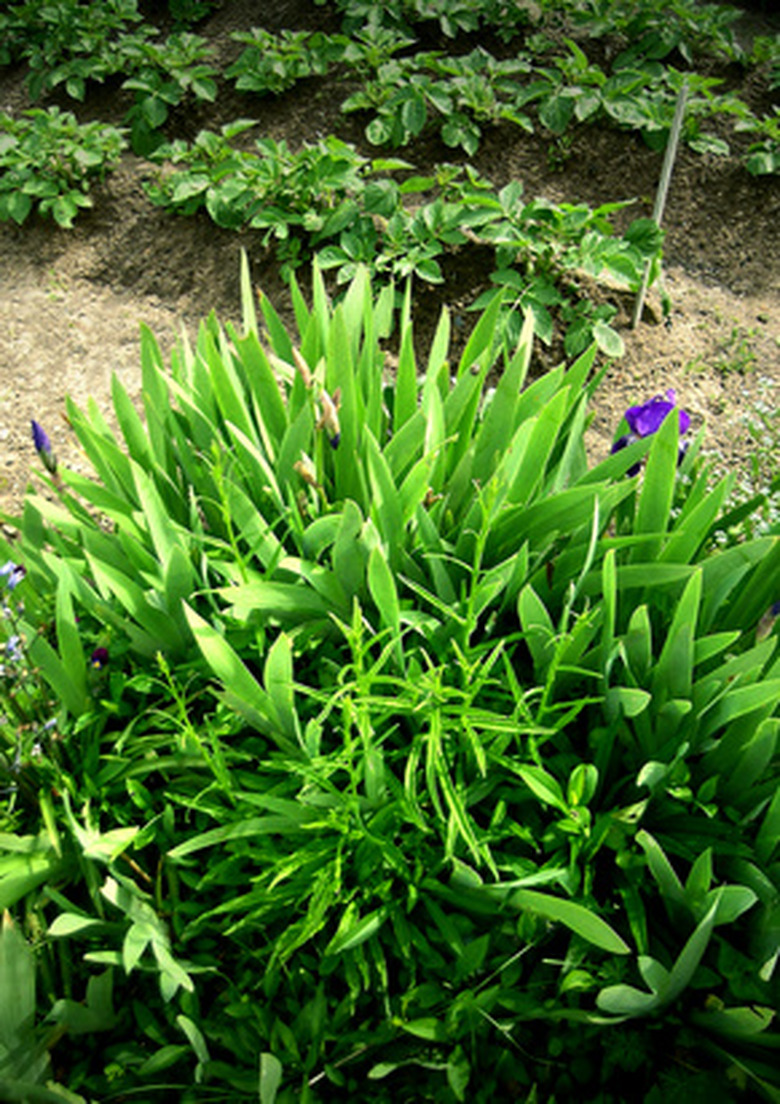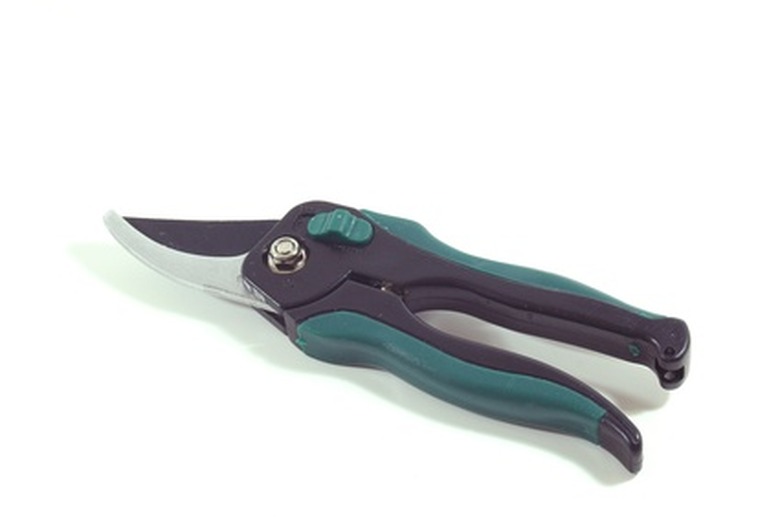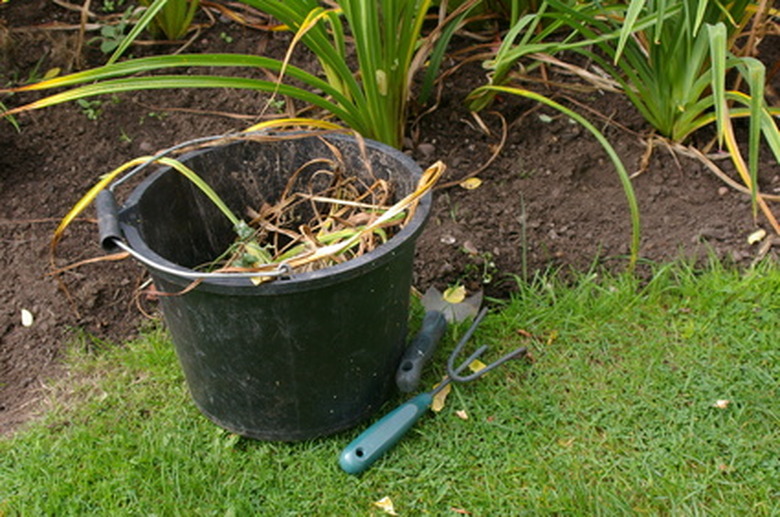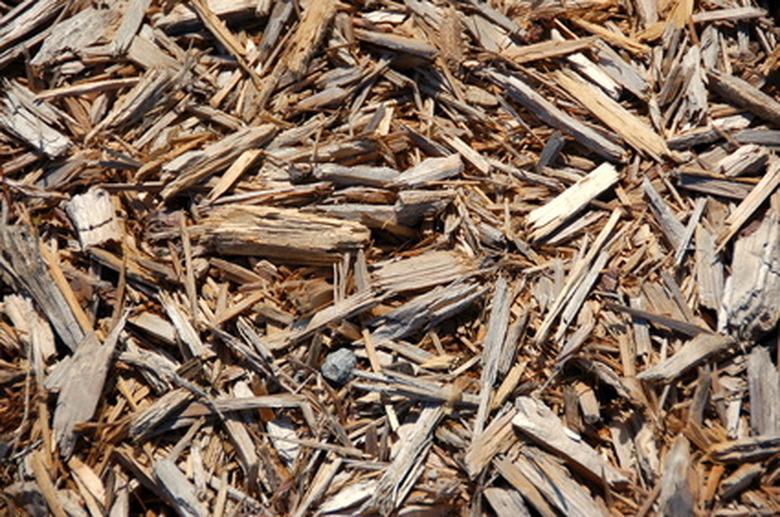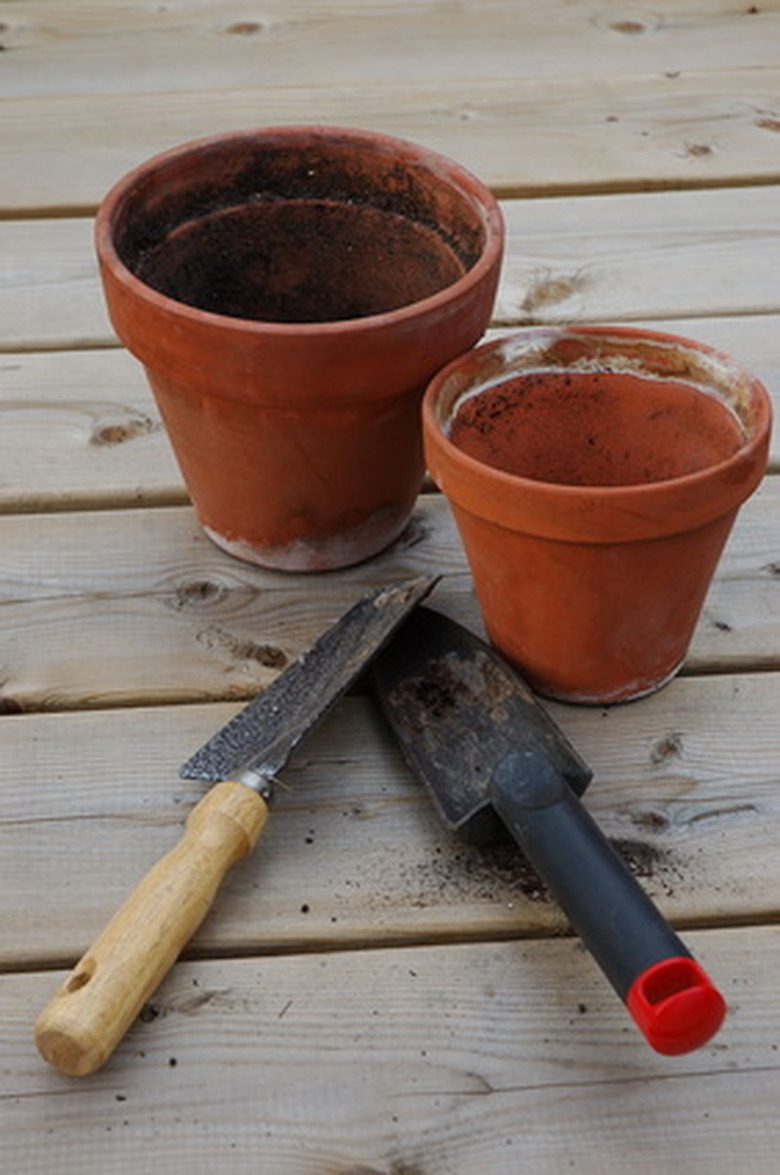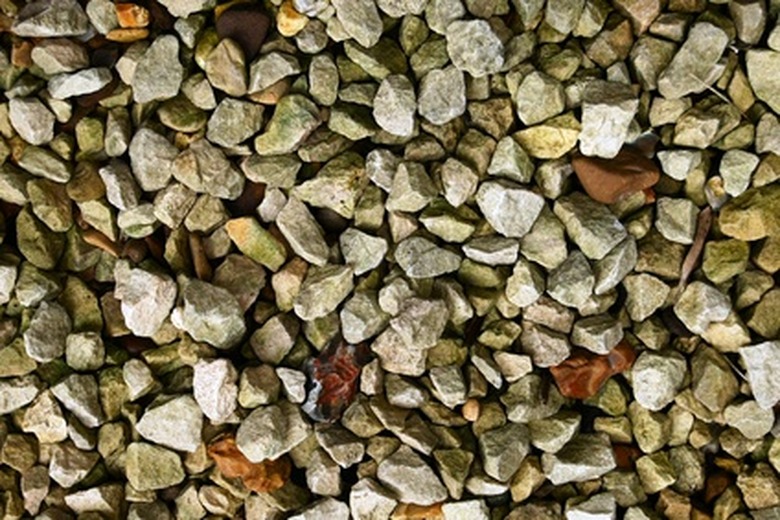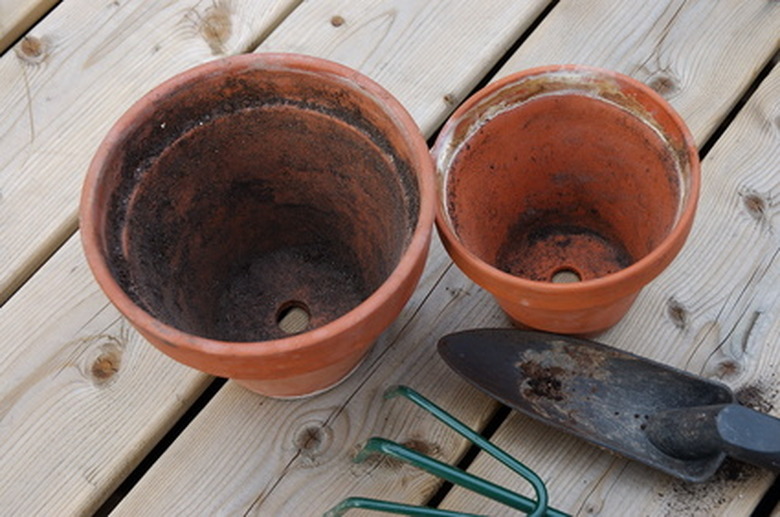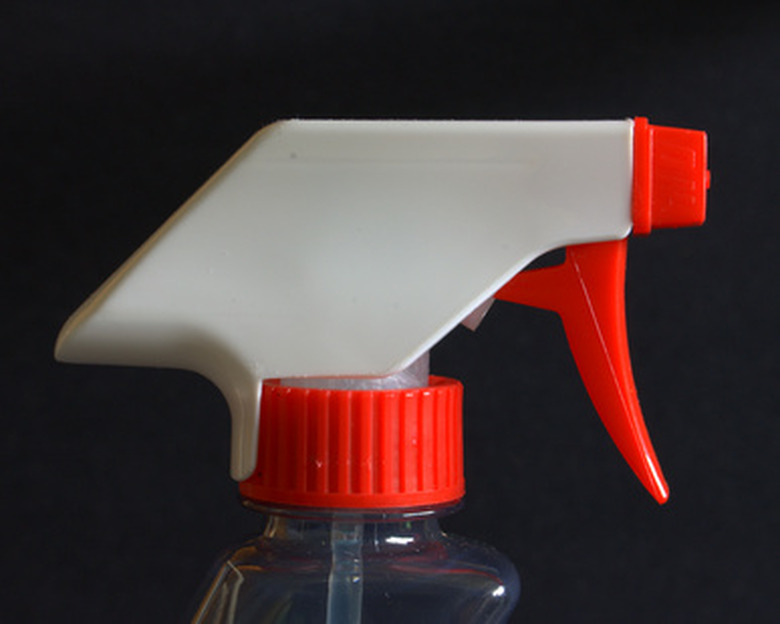How Do I Store Iris Bulbs Over The Winter?
Irises are hardy perennials that thrive with basic care. There are bearded iris, Japanese iris and crested iris, as well as dwarf bearded and Dutch iris. Some irises, like the Siberian, withstand severe climates. Irises grow from thickened roots that store nutrients called rhizomes. Established rhizomes lie near the soil surface with a good crop of roots anchoring them. Because the rhizomes are prone to dehydration they are usually overwintered in the ground or potted for storage rather than being lifted (dug up).
Step 1
Avoid frost heave when storing irises in their beds over winter by mulching in late fall. Mulch to prevent the damage caused by the freeze-thaw cycles of late fall and winter.
Step 2
Trim back iris fans to 6 inches after your first frost. According to experts at University of Nebraska Lincoln Extension it's a good idea to "spray the iris with a fungicide and an insecticide before mulching."
Step 3
Remove weeds and dead fan material before laying mulch. Use a 6-inch layer of material that won't pack down under snow or heavy rain. Hay and pine straw are two good choices.
Step 4
- Avoid frost heave when storing irises in their beds over winter by mulching in late fall.
Step 5
Mulch over snow if there has been a fall before you were able to spread your straw or hay. Remember snow will melt and thaw so put on as much mulch as you would before snowfall.
Potting Unplanted Irises for Storage
Step 1
Pot irises that you purchase too late in the year to plant. Pot storage helps avoid shriveling, rotting or sprouting. Using large pots that hold more than one rhizome is fine.
Step 2
Put 2 inches of gravel in the bottom of each pot. Fill pots to within 5 inches of the rim with quick-draining potting soil.
Step 3
- Mulch over snow if there has been a fall before you were able to spread your straw or hay.
Step 4
Put several irises of one variety in each pot. Keep them 1 inch away from the pot sides. They should not touch each other. Sift potting soil onto the irises and fill to within 1 inch of the rim. Tamp lightly and label the pots with iris type.
Step 5
Store the pots in a cool dry place that will not get below freezing. Do not fertilize or water. Dampen soil by misting every four weeks. Check periodically to make sure bulbs are not rotting.
Step 6
- Put several irises of one variety in each pot.
- Tamp lightly and label the pots with iris type.
